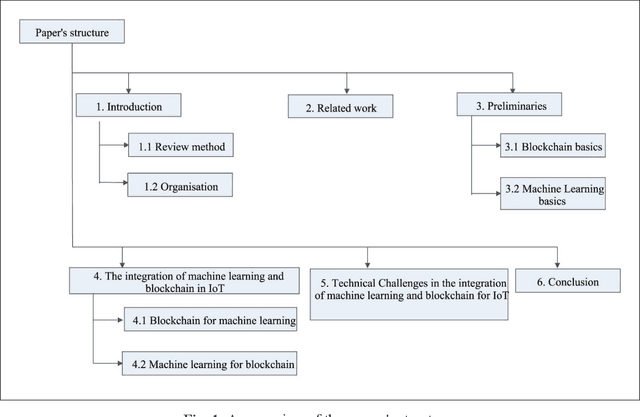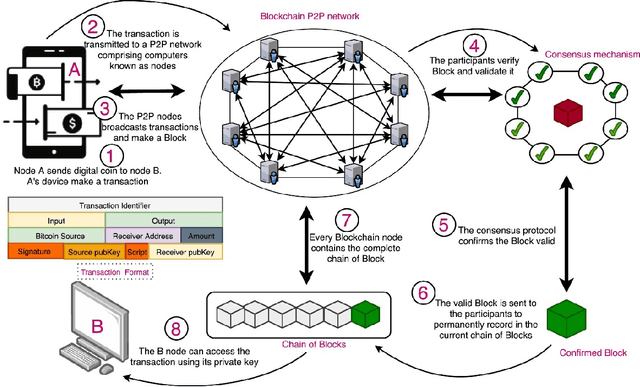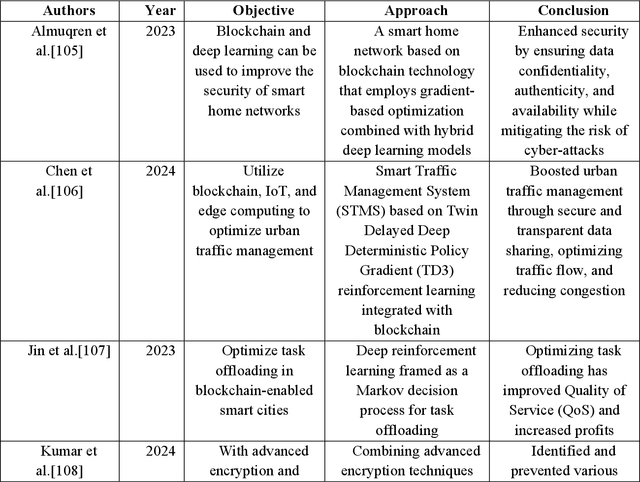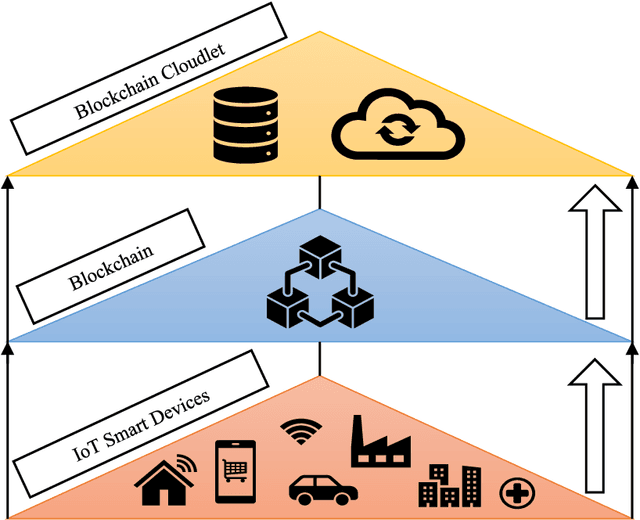Morteza Rahimi
Machine Learning-Assisted Intrusion Detection for Enhancing Internet of Things Security
Oct 01, 2024Abstract:Attacks against the Internet of Things (IoT) are rising as devices, applications, and interactions become more networked and integrated. The increase in cyber-attacks that target IoT networks poses a huge vulnerability and threat to the privacy, security, functionality, and availability of critical systems, which leads to operational disruptions, financial losses, identity thefts, and data breaches. To efficiently secure IoT devices, real-time detection of intrusion systems is critical, especially those using machine learning to identify threats and mitigate risks and vulnerabilities. This paper investigates the latest research on machine learning-based intrusion detection strategies for IoT security, concentrating on real-time responsiveness, detection accuracy, and algorithm efficiency. Key studies were reviewed from all well-known academic databases, and a taxonomy was provided for the existing approaches. This review also highlights existing research gaps and outlines the limitations of current IoT security frameworks to offer practical insights for future research directions and developments.
Artificial Intelligence for Secured Information Systems in Smart Cities: Collaborative IoT Computing with Deep Reinforcement Learning and Blockchain
Sep 24, 2024



Abstract:The accelerated expansion of the Internet of Things (IoT) has raised critical challenges associated with privacy, security, and data integrity, specifically in infrastructures such as smart cities or smart manufacturing. Blockchain technology provides immutable, scalable, and decentralized solutions to address these challenges, and integrating deep reinforcement learning (DRL) into the IoT environment offers enhanced adaptability and decision-making. This paper investigates the integration of blockchain and DRL to optimize mobile transmission and secure data exchange in IoT-assisted smart cities. Through the clustering and categorization of IoT application systems, the combination of DRL and blockchain is shown to enhance the performance of IoT networks by maintaining privacy and security. Based on the review of papers published between 2015 and 2024, we have classified the presented approaches and offered practical taxonomies, which provide researchers with critical perspectives and highlight potential areas for future exploration and research. Our investigation shows how combining blockchain's decentralized framework with DRL can address privacy and security issues, improve mobile transmission efficiency, and guarantee robust, privacy-preserving IoT systems. Additionally, we explore blockchain integration for DRL and outline the notable applications of DRL technology. By addressing the challenges of machine learning and blockchain integration, this study proposes novel perspectives for researchers and serves as a foundational exploration from an interdisciplinary standpoint.
 Add to Chrome
Add to Chrome Add to Firefox
Add to Firefox Add to Edge
Add to Edge